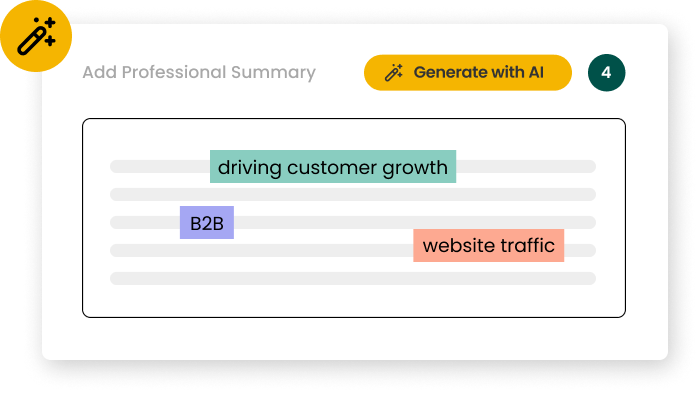How long should I make my Geospatial Analyst resume?
For a Geospatial Analyst resume, aim for 1-2 pages. One page is ideal for entry-level positions, while two pages are suitable for experienced professionals. This length allows you to showcase your technical skills, project experience, and relevant certifications without overwhelming the reader. Use concise bullet points to highlight your GIS software proficiency, spatial analysis capabilities, and data visualization skills. Prioritize recent and most relevant experiences to make the most of the limited space.
A hybrid format works best for Geospatial Analyst resumes, combining chronological work history with a skills-based approach. This format allows you to showcase your technical expertise and project experience effectively. Include sections for technical skills, work experience, education, and certifications. Use a clean, professional layout with consistent formatting. Incorporate keywords from the job description throughout your resume, and consider using data visualizations or small icons to represent software proficiencies, making your resume visually appealing and easy to scan.
What certifications should I include on my Geospatial Analyst resume?
Key certifications for Geospatial Analysts include GISP (GIS Professional), Esri Technical Certifications, and Remote Sensing and Photogrammetry certifications. These demonstrate your expertise in GIS technologies, spatial analysis, and data interpretation. Additionally, consider cloud computing certifications like AWS or Azure, as geospatial data increasingly moves to cloud platforms. List certifications in a dedicated section, including the certification name, issuing organization, and date of acquisition. Prioritize the most relevant and recent certifications to showcase your up-to-date skills in the rapidly evolving geospatial industry.
What are the most common mistakes to avoid on a Geospatial Analyst resume?
Common mistakes on Geospatial Analyst resumes include overemphasizing general IT skills at the expense of specific GIS expertise, failing to quantify project impacts, and neglecting to showcase data visualization abilities. To avoid these, focus on highlighting your proficiency in GIS software, spatial analysis techniques, and experience with specific geospatial data types. Use metrics to demonstrate the impact of your projects, such as improved accuracy or efficiency gains. Include a link to an online portfolio showcasing your best maps and visualizations. Finally, ensure your resume is free of technical jargon that non-GIS professionals might not understand.
